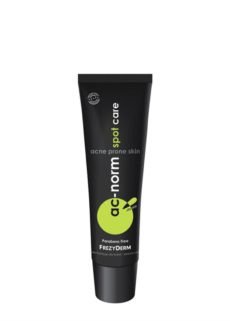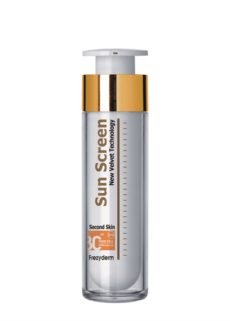
Superstar Ingredient: Fruit Acids
Try reading any magazine about beauty, or getting involved into a skincare conversation, and we guarantee that within minutes, you’ll be bombarded by the concept of Acids. Whether these are about the Hyaluronic Acid or Fruit Acids, their contribution to our skin has been the holy grail of skincare the last years.
Serums, creams, and skin cleansers infused with Fruit acids are all over the place, from drugstore brands, to skinceutical and high-end ones.
What are fruit acids?
Fruit acids are also known as Alpha Hydroxy Acids (AHA’s) and are derived from fruit sugars. They also belong the anti-ageing ingredients that have been backed up by science.
The main fruit acids include Glycolic (sugar cane), Lactic (Sour Milk), Malic (Apples), Citric (Citrus Fruits) and Tartaric (Grape Wine), with the 2 first ones being the best sellers:
- Glycolic Acid which is derived from Sugar cane. This is most widely used fruit acid as it has the smallest molecule and can easily penetrate the skin. It is suitable for all skin types, as it’s quite anti-inflammatory.
- Lactic Acid which comes from Sour Milk. Cleopatra’s flawless skin can be attributed to this type of acid, as she was known to be taking long baths with sour milk. What is fascinating about Lactic acid, is that it gently exfoliates and moisturizes the skin, making it ideal for sensitive skin types.
Fruit acids have the extraordinary ability to penetrate the skin and dissolve the cellular cement that holds dead skin cells to the surface of our skin to reveal newer, healthier skin underneath.
This process encourages cell turnover resulting in a smoother skin and the minimization of scars or fine lines. They basically peel the outer layer of skin to reveal a fresher, more luminous skin.
BHA’s which stands for Beta Hydroxy Acid is basically one; the very well-known from its anti-acne action, Salicylic Acid. It penetrates the oil in the follicle or skin pore and dissolves it, making it ideal for acne and blackheads. It can get deeper into the pores to remove dead skin cells and excess sebum.
If your skin is oily or/and acne prone we would recommend a face wash with salicylic acid.
What’s the difference between AHA’s & BHA’s?
AHA’s are water soluble molecules whereas BHA’s are oil soluble.
How to use to maximize their benefits?
So, you want to add AHA’S & BHA’S into your daily routine and you would like to know the do’s & don’ts?
- Always use a sunscreen the day after. Although, we would like to believe you wouldn’t skip your facial sunscreen anyways, we need to stress why the use of sunscreen is non-negotiable after using fruit acids on skin. They will make it more sensitive to UV rays and thus more vulnerable to sun damage, photo-aging and potential spots. This is also why you should:
- Always use AHA’s at nighttime.
- Avoid using on the skin area around the eyes.
- Do not use on a wound or open skin in general.
- If any irritation happens, advise a professional.
- Try a facial cream with both fruit acids and moisturizing agents to incorporate them gently into your routine. For the first week, apply every night and afterwards use for 3 nights a week.
- Remember that your body also craves a radiant, exfoliated skin. Look for body lotions with AHA’s to nourish and rejuvenate your body skin.
- It is normal to feel a tingling sensation when applying the product on the skin because of their acidic nature. This also depends on the % concentration of AHA’s on the product.















